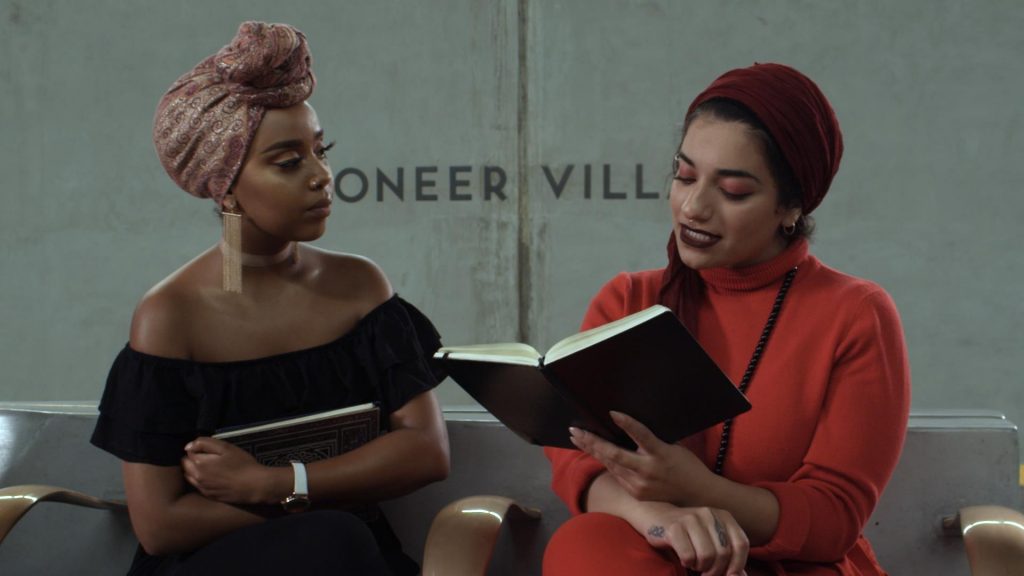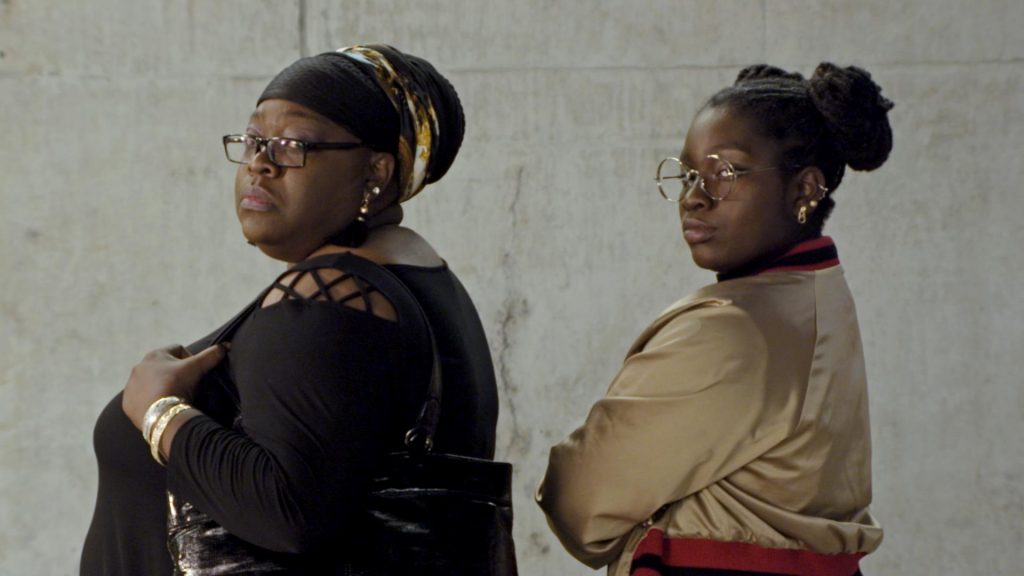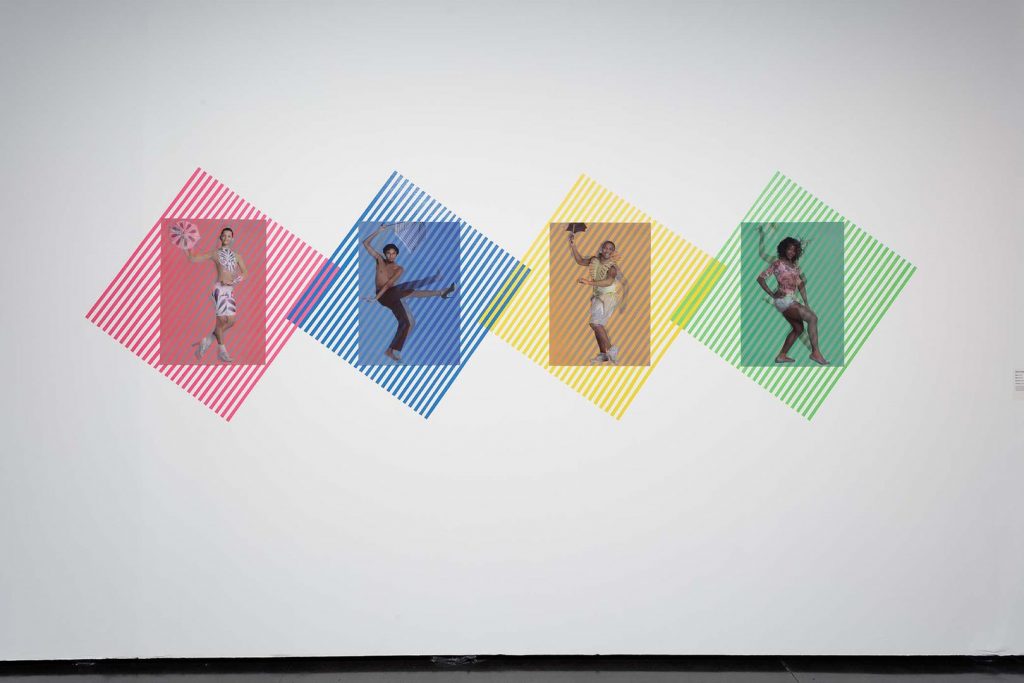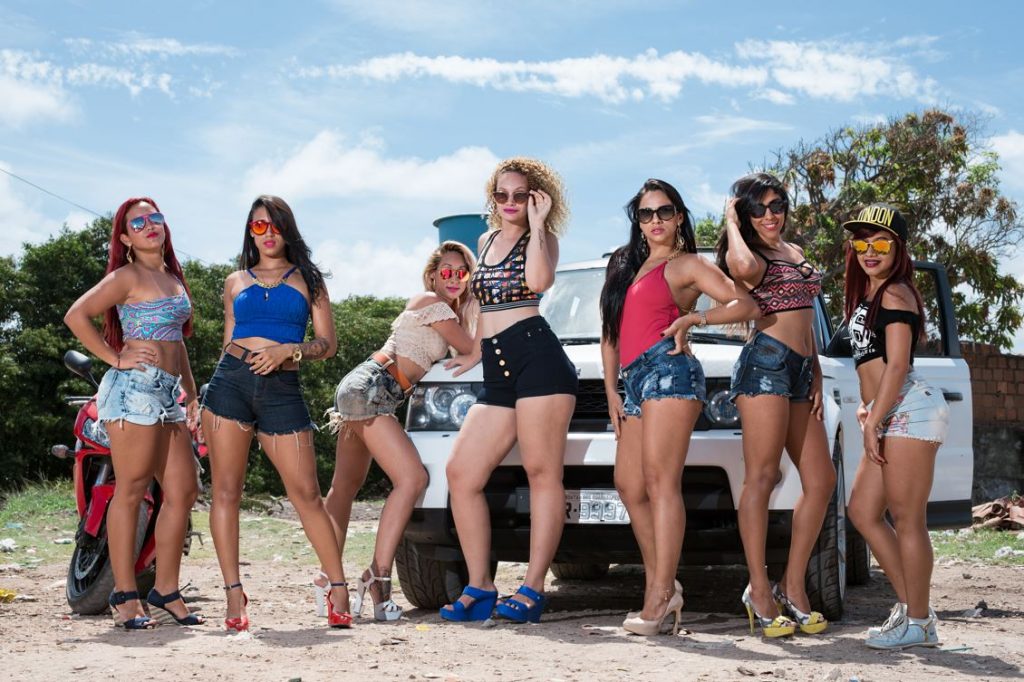Brasília, DF, 1980. – Lives and works in Recife, Brazil.
Represented by Fortes D’Aloia & Gabriel.
PIPA prize 2010 and 2017 nominee.PIPA prize 2017 winner.
PIPA 2019 nominating Committee Member .
Her photographic practice is centered on the ‘popular body’ and its strategies of visibility and subversion between the fields of pop culture and tradition. Being published in book formats since 2007, her works have been exhibited in solo and group shows nationally and internationally and are part of the MASP and MAM collections in Sao Paulo. A monograph with an extensive selection of her photographs is published in “That which is beautiful must be seen”(Het Domein 2009). Since 2011, she works in collaboration with artist Benjamin de Burca (Munich, 1975) with whom she participated in: 58th Biennale di Venezia (Venice, Italy), Front International – Cleveland Triennial for Contemporary Art (Cleveland, USA), 33rd and 35th Panorama de Arte Brasileira (MAM, Museum of Modern Art, São Paulo), 4th Biennale des Arts Actuéls (La Réunion, France), 36th EVA International (Limerick, Ireland ), 5th Marcantonio Vilaça Prize, 32nd São Paulo Biennial, 5th Skulptur Projekte Münster and the 20th Festival de Arte Contemporânea Sesc Videobrasil. In 2011 she completed a MFA at the Dutch Art Institute.






Critical Texts
BÁRBARA WAGNER IN CONVERSATION WITH LUIZ CAMILLO OSORIO
Bárbara, tell me about the beginning of your career. Did you begin yours with Photography? Dealing with documental photography?
My first contact with photography was through Journalism. It was in the newsroom that I realised how the technical image is just another dimension of the text in terms of ideology. As a photojournalist, I developed a taste for reading critically stereotypes and clichés, constructions so synthetic that sometimes they can seem like previously stated realities. Refusing to adequate myself to both mass media and the art world, I experimented making photography in between those two circuits, not only constructing “images of reality” but above all paying attention to the “reality of the images”. My quest was really to stand between documentary and art because I believed I didn’t have to stop doing the first to do the second. In “Brasília Teimosa” (2005-2007) the challenge was exactly this: to pinpoint the dynamics of the cliché so hard to the point it was taken down. In technical terms, there isn’t anything new there: the engagement with the photographic object – as well as the engagement with the spectator – happens through a very conventional aesthetic, triggered by the flash. But it was a pre-selfie era, and photographic registers of the Brazilian ‘people’ were rare in terms of an alternative to the aesthetic of misery. I remember showing this work to Hito Steyerl in 2010; she told me it looked like Brazil in 2050.
What kind of experience is there in the Brazilian Northeast, the “sertão”, in the building of your poetics and your artistic perception? Although your images carry a certain baroque excess, mainly due to the light, I can also perceive attention towards an existential dryness, a wish to deal with people who took on a very honest commitment with what they chose. Lives which sew together freedom and need. Tell me a bit about what are you interested in revealing in the researches that make the basis for your work.
Brazilian Northeastern popular traditions are a major art school for me. Not much in the sense of folklore or Carnaval, but above all because, in essence, they deal with a kind of knowledge brought about by the body. I’m very interested in observing the ways this knowledge occupies spaces and production modes, the ways this bodies transit through ritual and spectacle, and most of all, I’m interested in revealing the ‘work’ invested in this operation. When I watch a traditional festival on the streets or an MC performing on stage, what I really want to understand is its dynamics during rehearsals or backstage. ‘Estrela Brilhante’ (2008-2010), ‘The Cortege’ (2012-2013) e ‘Mestres de Cerimônias’ (2015-2016) are pursuits in that area. In a region in Brazil where rural modes of production coexist with unstoppable developmentalism, these traditions, this knowledge and these bodies carry on a constant battle between resistance and adaptation.
I know that your projects always implicate in extensive, devoted research projects. How is this process of building a work?
As Adirley Queirós says, if there was a formula, there was no need for us to be artists – Globo [one of the largest Brazilian media companies] would have already invented machines to make art. Every researcher knows the feeling of not knowing where the research will lead to, and for me that is the only possible path. But I do acknowledge that throughout the years I’ve developed a methodology based both in Journalism (and the feeling of urgency in observing and communicating a fact) and in rehearsal (in the sense of the need for repeat and test that same fact). As if in a fictional ethnography, I approach the Other and build together with him an approach method. This way, the result is never predictable, the process becomes the centre of the work and, ethically speaking, I find a possible place on the topic of the apparent hybridism between documentary and fiction.
On another note, tell me about your transition to moving images. Did this come about thanks to your partnership with artist Benjamin de Burca (Munich, 1975)?
My collaboration with Benjamin started in 2013 when he came to Brazil for the first time and estranged everything that was familiar to me – the hundreds of sculptures in the rich neighbourhood buildings of Recife (which were established by law in 1961), for example. Determined to photograph them, Benjamin needed someone to help him get inside the buildings. While he photographed the sculptures, I chit-chatted with the building’s doormen, who gave their opinions on the quality of the artworks as if they were true curators (“Edifício Recife”, 2013). Our moving image work, on another note, started to take shape when Pedro Sotero began collaborating with us. Cinematographer in films such as Neighboring Sounds (2012) and Aquarius (2016), Pedro is interested in a camera capable of being engaged with the subject it seeks to portray, actively participating in each project’s research. He was DP in the four films we did until now. If I’m the journalist who perceives the urgency of a certain matter or problem, Benjamin (whose artistic practice comes from the collage of the most surrealist kind) makes us experiment with fiction, while Pedro takes to another level the outreach and circulation of the images we’re interested in building and observing.
Talk about this trilogy you’re finishing right now, which puts frevo, brega and gospel music side by side. Is it a quest for the most genuine and rural parts of Brazil?
Since the 2013 protests, there have been significant changes in the way we understand class, work and community in Brazil. The idea of social mobility as a synonym for purchasing power and access to media and technology has transformed for good the ways distinct classes interact with each other. This triangular relationship between terreiro [where Afro-Brazilian religious ceremonies take place], stage and altar seemed to us a sufficiently clear way to analyze how a whole generation learned to transit through ritual and spectacle while working with their own bodies, building their own image. In “Set to go” (2015), Frevo as a form of urban resistance occupies the bidimensional space of the touristic postcard, while in “You are seeing things” the brega culture is entirely built to circulate as a video clip. In “Terremoto Santo” (2017), Gospel moves the altar to anywhere where it can go, challenging the notions of institution and power. In all three movies, the people who are portrayed are well aware of how to build their own image and voice, and because of that we are far away from the idea of “putting a spotlight on” or “giving voice”. If this is a new Brazil, and if it’s not even that genuine and rural, what we want to discuss is exactly its performance to the camera.
How was it for you – Bárbara and Benjamin – the experience of Münster this year? This has been a very productive year – Berlinale, Münster, Instituto Moreira Salles, PIPA, Panorama and Videobrasil. How to handle such a busy calendar? Do the two of you split tasks?
We don’t have a studio or assistants. We split up the work and it’s indeed hard when research periods coincide with those in which the works become public. Since we do documentaries, our production is necessarily slower, and that makes us, for example, to showcase, in 2017, works produced years earlier which hadn’t been presented to an audience yet (the case of the works showcased at Instituto Moreira Salles and Panorama). At Berlinale, PIPA and Videobrasil, we showcased works exhibited beforehand, but this time in the form of installations, and to another audience. Participating in the Skulptur Projekte in Münster was a huge challenge – in a show historically addressed to the discussion of the role of sculpture in public space, we did a film about traditional German music and installed it inside a nightclub (‘Bye Bye Germany! A life Melody’, 2017). In a year in which art was stroke just as hard as the Democratic State (e.g., amongst so many other cases, the destruction of a sculpture in Münster and at Panorama), working as an artist reveals itself to be, more than ever, an exercise in resistance and citizenship.
Videos
